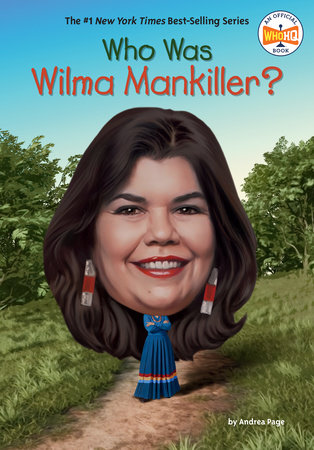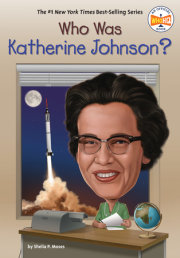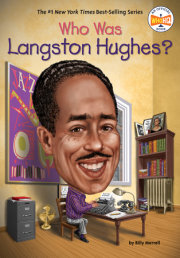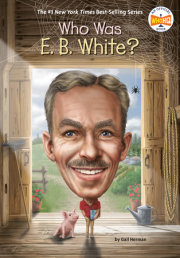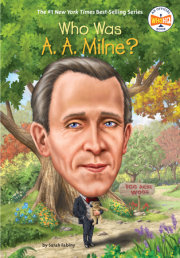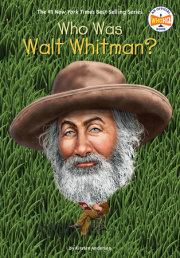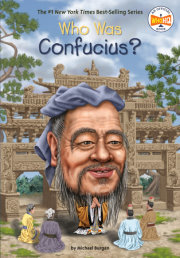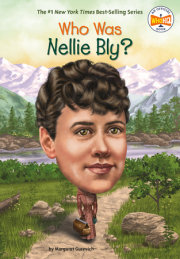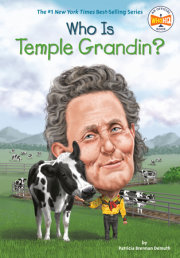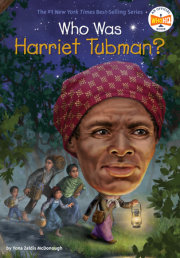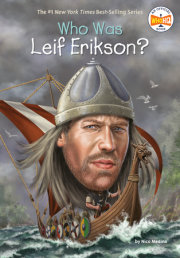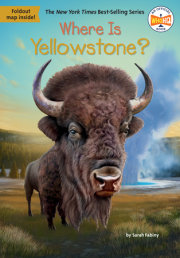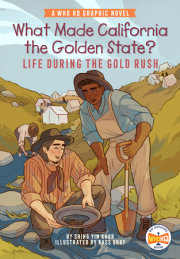Who Was Wilma Mankiller?
Wilma P. Mankiller was not a follower but a leader.
In 1956, the United States convinced Wilma’s father, Charley Mankiller, that moving to a big city would offer him and his family more opportunities. When Wilma was ten years old, she didn’t want to follow her father’s decision to move to San Francisco. Leaving the Cherokee reservation in Oklahoma meant losing everything, including their community. But she respected her parents and tried to adapt to her new environment.
Wilma didn’t belong in San Francisco. She was a country girl, not a city girl. She held on to her Cherokee identity even as she tried to fit in. Reflecting on the courage of her relatives who came before her gave her strength. Wilma knew that in 1838, the US government had forced the Cherokee people, along with several other Native American tribes, to leave their ancestral homelands and start their lives over in a different place. This forced relocation was called the Trail of Tears.
Wilma compared her life in San Francisco to her ancestors’ lives. Even though they lost everything, they still survived. Their resiliency gave her courage to do the same. With “a good mind” (a Cherokee value), Wilma believed in herself and tackled her problems.
After two decades in California, Wilma led her daughters, Felicia and Gina, back to Oklahoma. She wanted her children to develop a strong connection to their Cherokee heritage, land, and community.
However, things had changed during Wilma’s long absence. Her childhood home on Mankiller Flats had burned down years before. Only traces of their vegetable garden and the spring they drank from remained.
“When we first moved back,” Wilma recalled, “I felt as though folks welcomed us, but for a while, they seemed to treat us more like company than family.” She remembered having a stronger connection to her community. But she followed a new path with her compassion and strong work ethic. By using her skills to write grants to fund projects, she helped the neediest communities improve their homes and schools. By reaching out to help others, she warmed people’s hearts.
During this time, Wilma met Principal Chief Ross O. Swimmer, the highest-ranking leader in the Cherokee Nation. He noticed her determination. Rural Cherokee communities faced hardships, and he saw how Wilma humbly worked alongside community members.
During her career as a public servant, Wilma struggled with many physical illnesses. But she felt all her experiences were important. As she said later in life, “I realized I could survive anything. I had faced adversity and turned it into a positive experience—-a better path.”
Although she faced many obstacles, Wilma relied on her abilities and maintained a positive outlook on life.
When Wilma had first moved back to Oklahoma, little did she know she would go on to make history as the first woman to lead the Cherokee Nation. As the next principal chief after Ross O. Swimmer, Wilma P. Mankiller brought her community together. The way she lived her life is a source of inspiration for many and will be for generations to come.
Chapter 1Growing Up on Mankiller Flats
Wilma Pearl Mankiller was born on November 18, 1945, at W. W. Hastings Indian Hospital in Tahlequah, Oklahoma. Her parents, Charley Mankiller and Clara Sitton Mankiller, had eleven children together. Wilma was their sixth.
Charley came from a long line of Cherokee Mankillers in an area called Indian Country in Oklahoma. Clara’s ancestors were Dutch and Irish. When Wilma was young, she was called by her middle name, Pearl, after her maternal grandmother.
Wilma and her siblings grew up with other families in their Cherokee community. People living there are familiar with family names like Hummingbird, Wolf, Beaver, Soap, Canoe, Walkingstick, Gourd, and many others. Those were common surnames in Adair County, where the family lived.
Mankiller was a name of honor with a unique importance in her tribe. Wilma discovered that important leaders from the past held the title of Mankiller, which was a respected military rank. “I am proud . . . [and] hope to honor my ancestors by keeping the name alive,” Wilma later said.
The Mankiller family moved into their home in 1948 after Charley and his uncle, Looney Gourd, built the house on Mankiller Flats. Rough lumber made up the framework of the four--room home. A tin roof protected them from the weather.
The house had sparse furniture and a woodstove for cooking. Wilma and her siblings had to haul water for drinking and washing from a nearby spring. The spring also served as a refrigerator, keeping bottles of milk cool. When Wilma needed light, she used a coal--oil lamp. When Wilma needed a bathroom, she used an outdoor toilet called an outhouse. Sometimes at Christmas, Wilma received marbles or jacks and some fruit or candy as gifts. Like many families in the rural Rocky Mountain community, the Mankillers were considered “dirt poor.” According to Wilma’s recollection, “We were on the bottom rung of the poverty ladder.”
Families grew large vegetable gardens and harvested foods from nature. Wilma’s mother knew the names of every edible plant, bush, or flower in the woods near their home. They gathered dandelion greens and various types of berries. They dug wild onions and vegetables from their garden. They fished for catfish, caught frogs, and hunted. Various types of bird meat filled their plates. They also ate a lot of squirrel. Wilma’s mother used breadcrumbs to coat the small pieces of meat, then she would fry them and make gravy from the drippings. Or she’d make squirrel soup with dumplings. Wilma thought squirrel tasted a little like chicken. She was glad her family never went hungry.
According to Wilma, from the day her mother married her father, her mother’s life “became centered around Cherokee family life,” and Wilma learned to speak both Cherokee and English at home. She relied on a community of aunts, uncles, and neighbors. And when everyone came together for ceremonial dances, the adults danced all night, so the kids had no bedtime. They played hide--and--seek and other games together as long as they wanted.
Visiting relatives and listening to stories provided entertainment. Wilma loved her father’s stories, even the scary ones. “One time, Dad told us, someone in our area shot an owl with a silver bullet. The next day, mysteriously, the person learned that his most bitter enemy had been found shot to death.” Some Native people consider owls to be messengers of death.
The Mankiller family drove on weekend trips to Stilwell, Oklahoma, in an old black 1949 Ford. Stilwell was much bigger than the Rocky Mountain community where they lived. For Wilma, visiting with her Uncle Tom and Aunt Maud Sitton and attending the annual strawberry festival in May were highlights. It was exciting because the kids got to spend a dime on either a movie or a bag of candy.
Wilma remembered visiting other relatives, too, including her great--aunt (also named Wilma Mankiller), who gave them clothes and other gifts. Her father’s half sister, Jensie Hummingbird, had jet--black hair, made her own cotton dresses, and spoke only Cherokee. Aunt Maude Wolfe, her father’s cousin, loved working outside and playing traditional Cherokee stickball. She helped keep the community’s ceremonial grounds looking nice. Her husband, Uncle Jim Wolfe, knew traditional medicines, led ceremonial dances, and had a witty sense of humor. Wilma was most content when surrounded by her relatives.
Great-aunt Maggie Gourd left a big impression on Wilma. She and her brother Johnny loved listening to Aunt Maggie’s adventure stories about the old days, which sometimes involved gunmen, bank robbers, and hidden treasures. Afterward, they’d trade eggs with her for fresh milk and be on their way.
Wilma’s favorite pastime was playing in the woods. Sometimes she’d sneak away instead of doing her chores. Being in nature was like being in an outdoor classroom. Wilma also liked to read. She gained a love of literature from her father. “A love for books and reading was one of the best gifts he ever gave his children,” she wrote.
One of Wilma’s earliest memories was sitting on a trunk (a large chest used as luggage) after her family moved into their “little bitty house full of too many people.” Wilma felt happy and whole spending time with her family at Mankiller Flats. But soon, everything she knew about her life would change.
Copyright © 2025 by Andrea Page; Illustrated by Stephen Marchesi. All rights reserved. No part of this excerpt may be reproduced or reprinted without permission in writing from the publisher.





